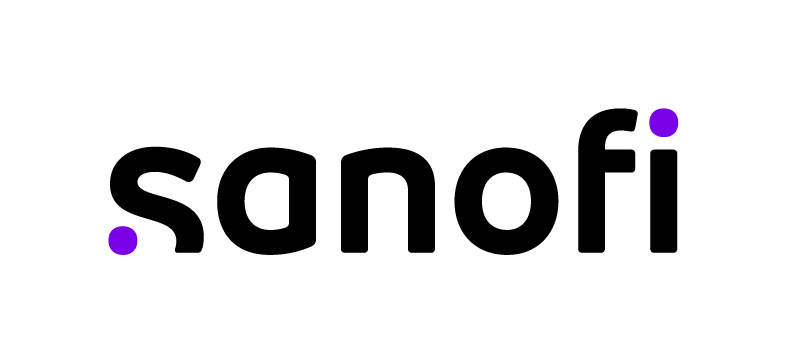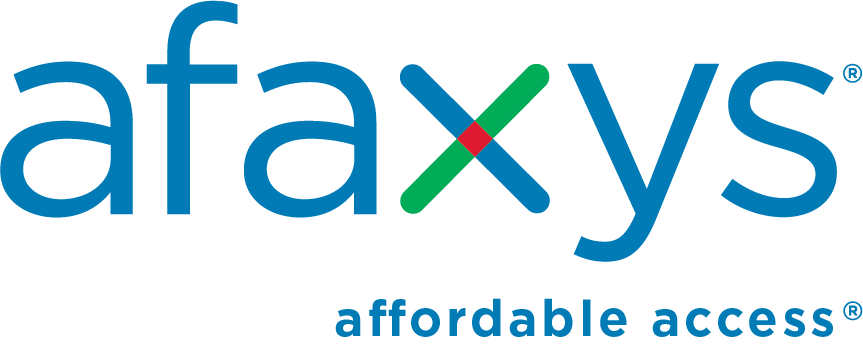By Lindsay Gordon, Communications Manager, Green Room Communications
Last week, I had the honor of heading to the Public Relations Society of America (PRSA) Health Academy in Orlando, Florida to learn best practices in the ever-changing world of communications, and network with some of the best and brightest in the PR health care industry.
While the agenda was full of relevant and educational information, it seemed PRSA saved the best for last with a jaw-dropping presentation on fake news and how to spot it. While all of us in communications know the dangers of fake news, Al Tompkins, The Poynter Institute’s senior faculty for broadcast and online, demonstrated just how bad this crisis is and taught everyone the dangers of how easy it is to create your own news.
As health care PR professionals, it is our job to help journalists understand our client’s story and messages which can be complicated at times. It is also now our job to help protect our clients from the easy bait of misleading studies and fake news stories.
Here are three clues to follow to help determine if the news you are reading is fake:
CLUE 1 – CONFIRM THE AUTHOR
Al opened up with an ESPN article about Tom Brady in hot water once again with the NFL. He asked us to look at the article and website to see if it was a credible, real story. The site looked JUST like ESPN.com, and almost everyone in the room (all communicators) agreed, it was real. We were all wrong, it was fake news. The first thing you should look at when determining if news is real or fake, is the name of the author, and ask yourself, who are they? Does their profile picture pop up anywhere else? With an easy reverse image search on Reveye (a Google chrome add on. If you don’t have it, you should!) we learned the journalist was an “Oddel”. What’s an “Oddel”, you ask? Well, a FAKE model, of course. The name of the journalist on this fake ESPN website is, “average white male in suit with pink tie,” You can find him on Shutterstock and you can own his image for 99 cents. You are equipped with the internet, so use it to your advantage. Just like any PR professional or journalist, check the facts. Use your resources like LinkedIn or a basic Google search to find more information about the specific writer.
CLUE 2 – USE COMMON SENSE
Just when you think you can trust certain news websites online, think again. With today’s fake news running rampant, there are also those who are borderline hackers and can easily change content on certain websites within any story. In a matter of seconds, Al Tompkins was able to hack a site and generate 8 acceptance letters from all the Ivy League schools. It was as easy as a right click on the specific website, change the title within the HTML code and there you have it! The scariest part? The public, news outlets, journalists and PR professionals have no way to determine if it is real or fake. The best way to figure out this puzzle is to use your common sense and again, look at the site and the author. Ask yourself, “What is misleading here?”
CLUE 3- UNDERSTAND THE PURPOSE, MOTIVES & UNDERLYING MESSAGES
Why are people seemingly wasting time creating this news? There could be a multitude of reasons:
- Money: front groups creating fake news to drive growth to specific industries or companies
- Politics: trying to sway the reader or viewer in one specific way, or to raise doubt
- Troublemakers
- Deflection: to hide the true reality and raise doubt or to divert public attention away from an event or situation
- For example: While Pope Francis made his first visit to the U.S. the media was a buzz covering his whereabouts. But what trended right behind the Pope coverage? Pizza Rat, a viral video of a rat carrying a pizza down New York City Subway steps. This video is an example of fake news, where Zardulu, a creator and mastermind behind many viral videos, staged the video of the rat and the pizza and released at a moment when she had a captive online audience. The video caught the attention of people who were seeking out the Pope and quickly escalated into the #2 spot online. Yes, there are people, like Zardulu, who have made a career creating fake news, and are proud of it.

Right now, as fake news threatens the trustworthiness of news outlets, some are going the extra mile to just report the facts plain and simple. For example, ABC News just released a timeline of all of President Trump’s tweets since he was inaugurated to help avoid any questions of what is real and what is fake. Ironically, the second most tweeted phrase by President Trump was “fake news”. We all have a responsibility to ensure our client’s messages and values are effectively delivered through credible media outlets. Al Tompkins summed up this importance at the end of his speech by saying:
“Don’t underestimate your influence. Don’t underestimate your role to get good information out to the public. What you are doing requires you to be very, very good, even in the worst of times.”
**note: Green Room did not include links to the fake news stories discussed as we do not want to give fake news any additional click-throughs.
















